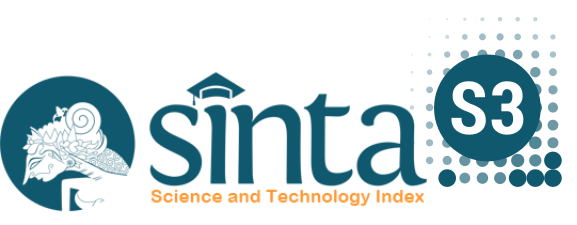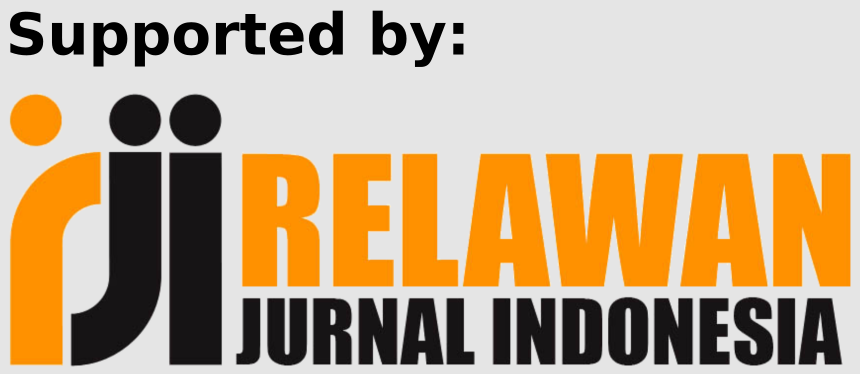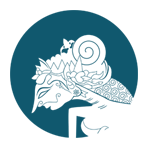Evaluation of Indonesian and two types of Japanese honey on the acceleration of cutaneous wound healing: an experimental study in mice
DOI:
https://doi.org/10.31101/jhtam.912Keywords:
indonesian honey, japanese honey, wound healing, hydrocolloid dressing,Abstract
References
Bergman, A., Yanai, J., Weiss, J., Bell, D., & David, M. P. (1983). Acceleration of wound healing by topical application of honey: An animal model. The American Journal of Surgery, vol.145(issue.3), 374–376.
Fukuda, M., Kobayashi, K., & Hirono, Y. et al. (2011). Jungle honey enhances immune function and antitumor activity. Evidence Based Complementary and Alternative Medicine, 2011, 8.
Ghaderi, R & Afshar, M. (2004). Topical application of honey for treatment of skin wound in mice. Iran Journal Medical Sciences, 29(4), 185–188.
Gheldof N, Wang, X.H, E. N. J. (2002). Identification and quantification of antioxidant components of honeys from various floral sources. J Agric Food Chem, 50, 5870–5877.
Gheldof N, E. N. J. (2002). Antioxidant capacity of honeys from various floral sources based on the determination of oxygen radical absorbance capacity and inhibition of in vitro lipoprotein oxidation in human serum samples. J Agric Food Chem, 50, 3050–3055.
Haryanto., Urai, T., Mukai, K., Suriadi, Sugama, J., Nakatani, T. (2012). Effectiveness of Indonesian Honey on the Acceleration of Cutaneous Wound Healing: An Experimental Study in Mice. WOUNDS, 24(4), 110–119.
Iftihkar, F., Arshad, M., Rasheed, F., Amraiz, D., Anwar, P., & Gulfraz, M. (2010). Effects of Acasia honey on wound healing in various rat models. Phytotherapy Research, vol.24(4), 583–586.
Mayers, L and Hudson, S. L. (2013). Wound Care: Getting to the Depth of the Tissue, Lakeway Texas: The National Center of Continuing Education. 1–16.
Molan, P & Rhodes, T. (2015). Honey: A Biologic Wound Dressing. WOUNDS, 27(issue. 6), 141–151.
Moore, O. A., Smith, L. A., Campbell, F., Seers, K., McQuay, H.J., Moore, R. A. (2001). Systematic review of the use of honey as a wound dressing. BMC Complementary and Alternative Medicine, vol.1(no.2).
Nakajima, Y., Nakano, Y., Fuwono, S. et al. (2013). Effect of Three Type of Japanese Honey on Full-Thickness Wound in Mice. Evidence-Based Complementary and Alternative Medicine, vol.2013, 11.
Nisbet, H.O., Nisbet, C., Yarim, M., Guler, A., & Ozak, A. (2010). Effect of three types of honey on cutaneous wound healing. WOUNDS, vol.22(no.11), pp.275-283.
Pawar, R.S., Chaurasiya, P.K., Rajak, H., Singour, P.K., Toppo, F. A., & Jain, A. (2013). Wound healing activity of Sida cordifolia Linn in rats. Indian J Pharmacol, vol 45, 474–478.
Sari, Y., Purnawan, I., Kurniawan, D.W., & Sutrisna, E. (2018). A Comparative Study of the Effect of Nigella sativa Oil Gel and Aloe Vera Gel on Wound Healing in Diabetic Rats. Journal of Evidence-Based Integrative Medicine, vol.23, pp.1-6.
Shaw, T. J and Martin, P. (2009). Wound Repair at A Glance. Journal of Cell Science, 122(18), 3209–3213.
Tahir, T., Bakri, S., Patellongi, I., Aman, M., Miskad, U.A., Maryunis., Yusuf, S., Rahayu, A. I., Syam, A.D., & H. (2017). Evaluation of Topical Red Dragon Fruit Extract Effect (Hylocereus Polyrhizus) on Tissue Granulation and Epithelialization in Diabetes Mellitus (DM) and Non-DM Wister Rats: Pre Eliminary Study. International Journal of Sciences: Basic and Applied Research, 32, pp.309-320.
Tarawan, V.M., Mantilidewi, K. I., & Sutedja, E. (2016). Coconut Shell Liquid Smoke Promotes Burn Wound Healing. (38), pp.1-5.
Tonks A, Cooper R.A, Price A.J, Molan P.C, & J. K. P. (2001). Stimulation of TNF-ï¡ release in monocytes by honey. Cytokines, 14, 240–242.
Tonks A.J, Cooper R.A, Jones KP, Blair S, Parton J, & T. A. (2003). Honey stimulates inflammatory cytokines production from monocytes. Cytokines, 21, 242–247.
Zohdi, R.M., Zaria, Z.A.B., Yusof, N., Mustapha, M & Abdullah, M. N. . (2012). Gelam (Melaleuca spp.) honey-based hydrogel as burn wound dressing. Evidence-Based Complementary and Alternative Medicine, 2012, 7.
Downloads
Published
How to Cite
Issue
Section
Citation Check
License
Authors who publish with Journal of Health Technology Assessment in Midwifery agree to the following terms:
- Authors retain copyright and grant the journal right of first publication with the work simultaneously licensed under a Creative Commons Attribution License (CC BY-SA 4.0) that allows others to share the work with an acknowledgment of the work's authorship and initial publication in this journal.
- Authors are able to enter into separate, additional contractual arrangements for the non-exclusive distribution of the journal's published version of the work (e.g., post it to an institutional repository or publish it in a book), with an acknowledgment of its initial publication in this journal.
- Authors are permitted and encouraged to post their work online (e.g., in institutional repositories or on their website) prior to and during the submission process, as it can lead to productive exchanges, as well as earlier and greater citation of published work.

Journal of Health Technology Assessment in Midwifery is licensed under a Creative Commons Attribution-ShareAlike 4.0 International License..













